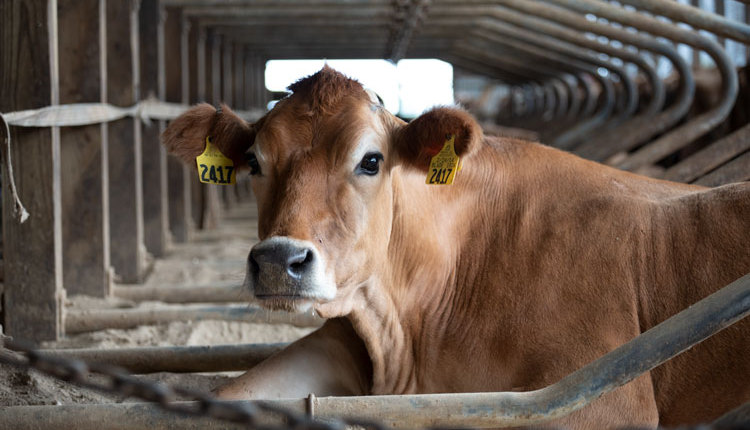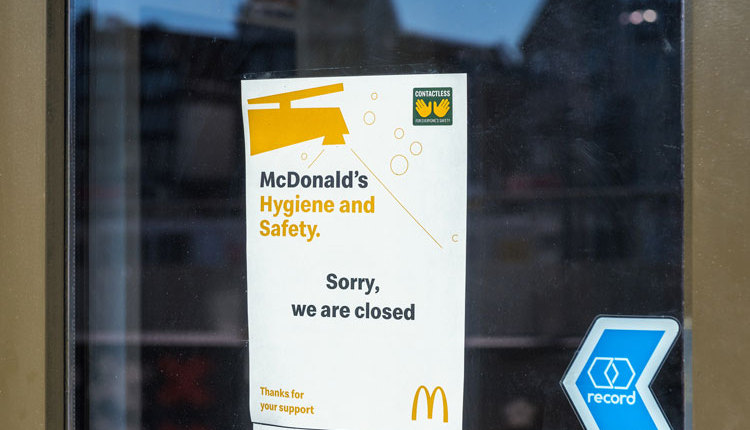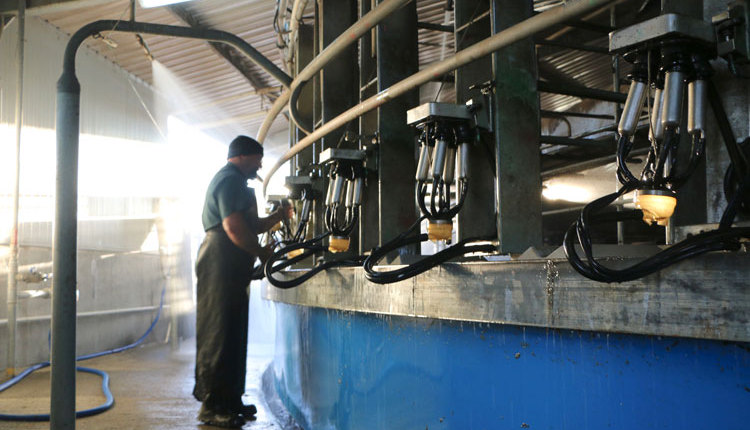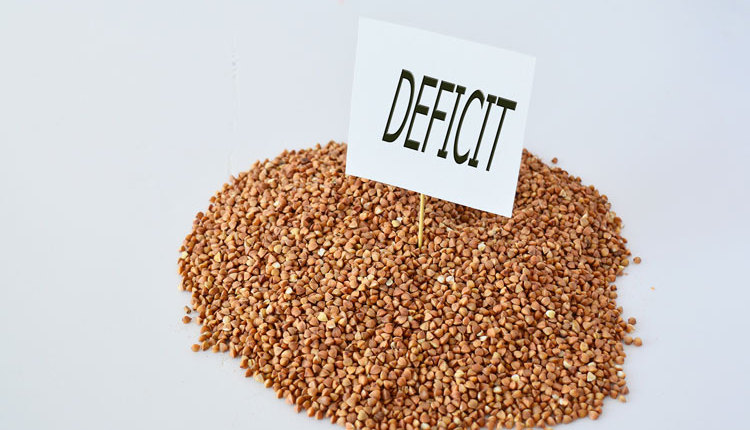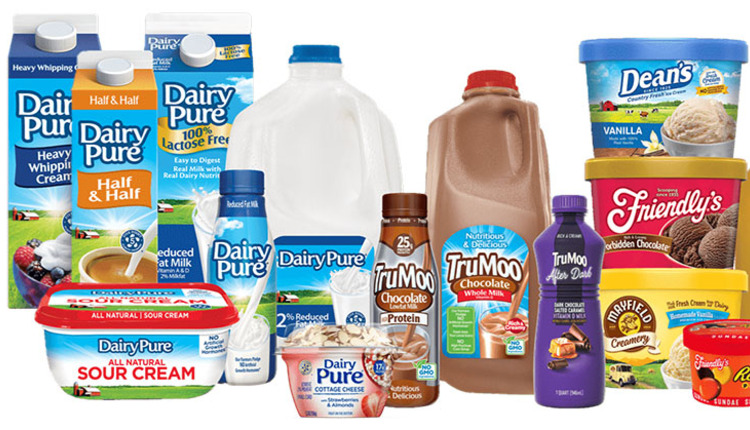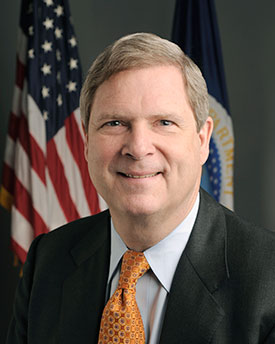
Tom Vilsack
On Tuesday January 17, former USDA Secretary Tom Vilsack was formally announced as the second president in the history of the U.S. Dairy Export Council. Vilsack succeeds the recently retired Tom Suber who headed the organization since its inception.
While the January 17 announcement was official today speculation had been taking place as far back as last October at the joint annual meeting of the National Milk Producers Federation and Dairy Management Inc. Those conversations became more frequent following the results of November’s national election.
Vilsack brings a wealth of experience to his new position at the U.S. Dairy Export Council. Not only is he the longest-serving secretary of agriculture in 40 years, he understands trade.
“Agriculture is one of our shining stars in trade,” noted Vilsack upon being introduced as the new president and CEO of the U.S. Dairy Export Council.
While serving as USDA Secretary of Agriculture, the U.S. experienced the six strongest years — 2009 to 2014 — for agricultural trade. In addition, Vilsack worked with President Obama to create and sign trade agreements with Colombia, South Korea, and Panama.
“We will constantly be on the lookout for trade barriers,” said Vilsack in his first conference call as incoming president of USDEC. “We want open markets. We are happy to compete, but we want a level playing field,” said the new lead trade representative for U.S. dairy farmers.
From a dairy standpoint, Vilsack knows nutrition and fitness go hand in hand. Under Secretary Vilsack’s leadership, the USDA partnered with First Lady Michelle Obama’s Let’s Move! initiative to improve the health of America’s children. Vilsack also helped pass and implement the Healthy, Hunger Free Kids Act, enabling the USDA to help combat child hunger and obesity by making some of the most significant improvements in school meals in 30 years.
Above all, the former two-term Iowa governor hails from an agriculture state and is well-versed in agricultural matters. Vilsack worked in a bi-partisan manner on a number of occasions. As a Democratic governor in Iowa, he worked with a Republican legislature to pass laws. He did the same as USDA secretary to pass the farm bill.
Above all, he understands the complexity of trade and appreciates the great strides dairy has made in the past 21 years to grow dairy exports from a meager 3 percent to 16 percent. Vilsack also brings instant credibility to foster relationships with trade partners around the world.
“Growing the global market for U.S. dairy products is essential to the future of the dairy industry and America’s dairy farmers. I’ve spent my career in public service as a tireless advocate for farmers and American agriculture and can think of no better way to continue this service than by leading the U.S. Dairy Export Council,” said Vilsack in a press release issued by the U.S. Dairy Export Council on January 17.
“I look forward to partnering with the dynamic team at USDEC as well as agriculture, food industry, and key stakeholders at home and abroad to advance the council’s mission and strengthen trust in American dairy.”
A strong foundation on which to build
Many individuals have made significant contributions to America’s dramatic growth in dairy product exports. Without a doubt, however, few have made a larger contribution than Tom Suber. Tapped to lead the fledgling U.S. Dairy Export Council in 1995, Suber breathed life to the notion that the U.S. could compete in the world’s dairy product arena. It’s this legacy that Vilsack will now build upon.
Knowing how the story has unfolded during the past 21 years makes dairy exports seem like a can’t lose business proposition these days. That was far from the case in 1995 when Dairy Management Inc. (DMI) created the U.S. Dairy Export Council and tapped Suber as its first president. At that time, the U.S. exported 3 to 4 percent of its dairy production and half of that paltry total left our shores thanks to government assistance. Fast-forward two decades to the present, as the collective U.S. dairy industry now sells 15 to 16 percent of its production throughout the world and virtually none of it gets sold through government aid.
During this sales transfiguration, Suber led an export team that squarely focused on five trends. Four of those five trends still point toward greater export potential as we continue to find an offshore home for the equivalent of 30 billion pounds of U.S. milk each year. Those four global market keys include: continued population growth; burgeoning middle classes; dairy’s nutrient-dense, healthy food profile; and dispersion of the Western diet spurred by greater global travel.
Only one of the five trends that existed over the past 21 years now faces strong headwinds — free trade and more open borders. A turnaround on free trade agreements definitely could slow dairy exports.
When those five global trends pointed to future opportunities, someone had to make others believe. That was Tom Suber. He nurtured relationships throughout the world and convinced U.S. manufacturers and traders alike to contribute financial resources and join the dairy farmer-funded trade efforts.
As the bridge building grew, Suber hired like-minded people to foster partnerships. Knowing that meeting people in their home countries was paramount, Suber established trade offices in nine locations throughout the world. Those “boots on the ground” were a key to U.S. dairy sales.
As Suber wraps up his service to U.S. dairy farmers, his long shadow will remain on our industry for decades. Having developed the blueprint to grow U.S. dairy customer relationships around the globe, Vilsack and other export leaders will pick up the cause and build upon Suber’s visionary leadership.
To comment, email your remarks to intel@hoards.com.
(c) Hoard's Dairyman Intel 2017
January 17, 2017

